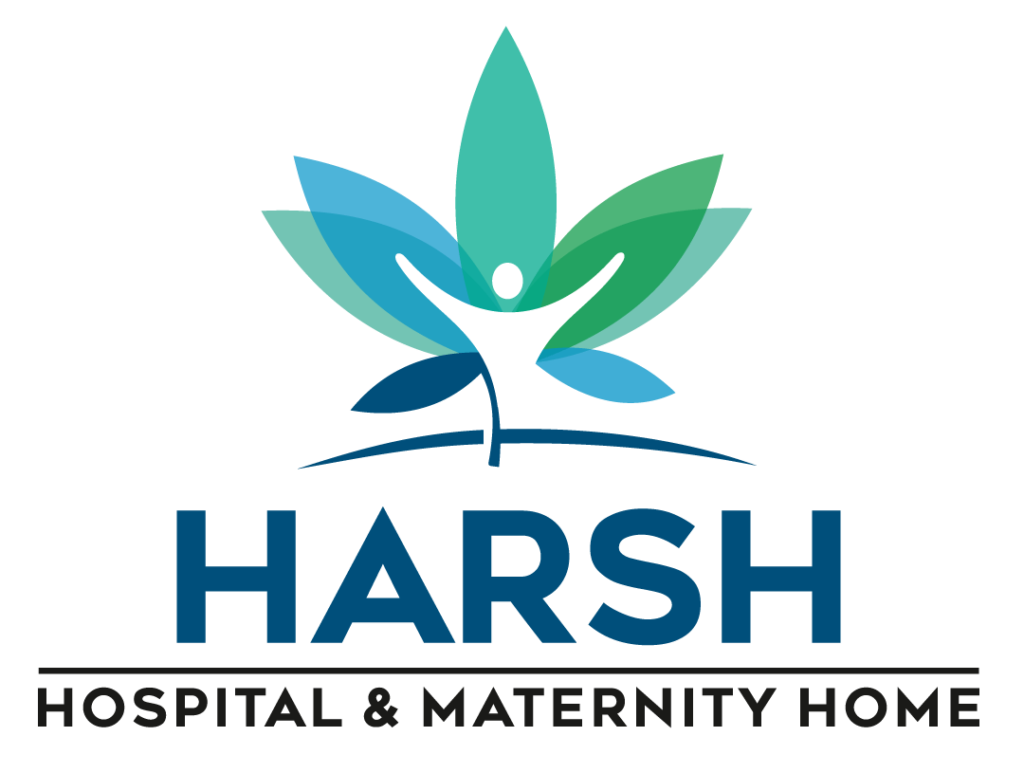Motherhood, a remarkable chapter in a woman’s life, embodies boundless love, nurturing, and the incredible journey of bringing life into the world. Within the realm of motherhood, Cesarean Section (C-Section) deliveries play a significant role, offering a safe and viable option for the birth of precious little ones.
We are delighted to provide valuable information about Cesarean Section (C-Section) deliveries in this blog. Throughout the discussion, we will delve into the procedure itself, recovery time, and the factors that contribute to the recommendation of a C-Section.
What is a Cesarean Section (C-Section) Delivery?
A Caesarean Section, often known as a C-Section delivery, is an operation used to deliver a baby through incisions made in the mother’s abdomen and uterus.
When a vaginal birth is not possible or poses dangers to the mother’s or the baby’s health, this method of delivery is typically advised. C-sections can be scheduled in advance or carried out in the event of an emergency during labor.
When is a Cesarean Section (C-Section) Recommended?
While vaginal birth is the preferred method of delivery in most cases, there are situations where a C-Section surgery becomes necessary. Some common reasons why a C-Section may be recommended include:
- Fetal Distress: If the baby shows signs of distress during labor, such as an abnormal heart rate or lack of oxygen supply, a C-Section may be performed to expedite delivery and ensure the baby’s well-being.
- Placenta Previa: Placenta previa occurs when the placenta partially or completely covers the cervix, obstructing the baby’s exit during vaginal birth. In such cases, a C-Section is usually recommended to avoid complications, such as excessive bleeding.
- Multiple Pregnancies: Women carrying twins, or triplets require a C-Section if certain complications arise, such as the babies being in unfavorable positions or an increased risk of preterm birth.
- Breech Presentation: When the baby’s buttocks or feet are positioned to be delivered first instead of the head, it is called a breech presentation. Although some breech babies can be delivered vaginally, a C-Section may be recommended to ensure a safe birth.
- Previous C-Section: Women who have undergone a C-Section might be advised to have another C-Section for subsequent pregnancies.
However, in some cases, vaginal birth after C-Section (VBAC) might be considered based on individual circumstances and previous surgical incisions. - Maternal Health Conditions: Certain maternal health conditions, such as active genital herpes, uncontrolled high blood pressure, or active infections like HIV, may increase the risks associated with vaginal delivery. In such cases, a C-Section may be recommended to minimize potential complications.
It is important to remember that each pregnancy is unique, and the decision to perform a C-Section is made on a case-by-case basis. Obstetricians and gynecologists carefully assess the health and safety of both the mother and the baby before recommending a C-Section.
Dr. Purva Patel, an experienced obstetrician & Gynecologist(OBGYN), and the team at Harsh Hospital Maternity Home in Surat are experienced in evaluating and determining the most appropriate mode of delivery for each individual situation, ensuring the well-being of both mother and baby.
What exactly happens during a C-section?
Here is how the C-section procedure takes place step by step. Initially, the mother is administered anesthesia to ensure she remains pain-free throughout the surgery. The obstetrician will then make an incision through your skin and into the wall of your abdomen. There are two common types of C-Section incisions: the horizontal incision (also known as the low transverse incision) and the vertical incision (also known as the classical incision).
The choice of incision depends on various factors, including the reason for the C-Section and the individual patient’s circumstances. Once the incisions are made, the surgeon carefully delivers the baby and then cuts the umbilical cord and removes the placenta.
Afterwards, the incisions are closed with sutures or staples. The entire procedure typically takes around 45 minutes to an hour, depending on the complexity of the case.
What is the C-Section Recovery Time?
The average recovery period for the Cserean section is more when compared to normal delivery. It can take somewhere from four to six weeks to fully recover from c-section surgery.
One can experience pain from the incisions as the anesthesia wears off. Additionally, you can have problems breathing deeply and feel gassy. The first few days after a C-section, make sure you have assistance getting out of bed from an adult. The average hospital stay is two to three days.
For up to six weeks, you may experience cramps, bleeding, and some discomfort near the incision. For at least six weeks—or until your doctor gives the all-clear—avoid having any sexual activity.
Due to removing your uterine lining, you will also have vaginal discharge following the surgery. The discharge, also known as lochia, starts out red and progressively turns yellow.
If you notice severe bleeding or a bad odor coming from your vaginal discharge, make sure to contact your healthcare professional right once. Use sanitary pads rather than tampons until all of your bleeding has stopped.
Dr. Purva Patel: An Experienced Gynecologist
When it comes to C-Section deliveries and overall maternal care, it is essential to choose a qualified and experienced gynecologist. Dr. Purva Patel is a renowned obstetrician and gynecologist in Surat who has earned a stellar reputation for her expertise and compassionate approach toward women’s health. With years of experience in handling complex pregnancies and treating various conditions like ectopic pregnancy, and ovarian cystectomy, Dr. Patel is dedicated to ensuring the well-being of both mother and baby throughout the childbirth journey.
Harsh Hospital Maternity Home: Excellence in Maternity Services
When searching for the best maternity hospital in Surat, Harsh Hospital Maternity Home stands out for its exceptional services and state-of-the-art facilities.
The hospital’s experienced medical team, including Dr. Purva Patel, provides comprehensive prenatal care, personalized birthing plans, and postpartum support. The hospital’s commitment to ensuring a safe and comfortable environment for mothers and their newborns has earned it a trusted reputation in Surat.
Cesarean Section (C-Section) deliveries are an essential part of modern obstetrics, ensuring the safe delivery of babies when vaginal birth poses risks or is not feasible. Book an appointment with our OBGYN to ensure a smooth and healthy birth process.




